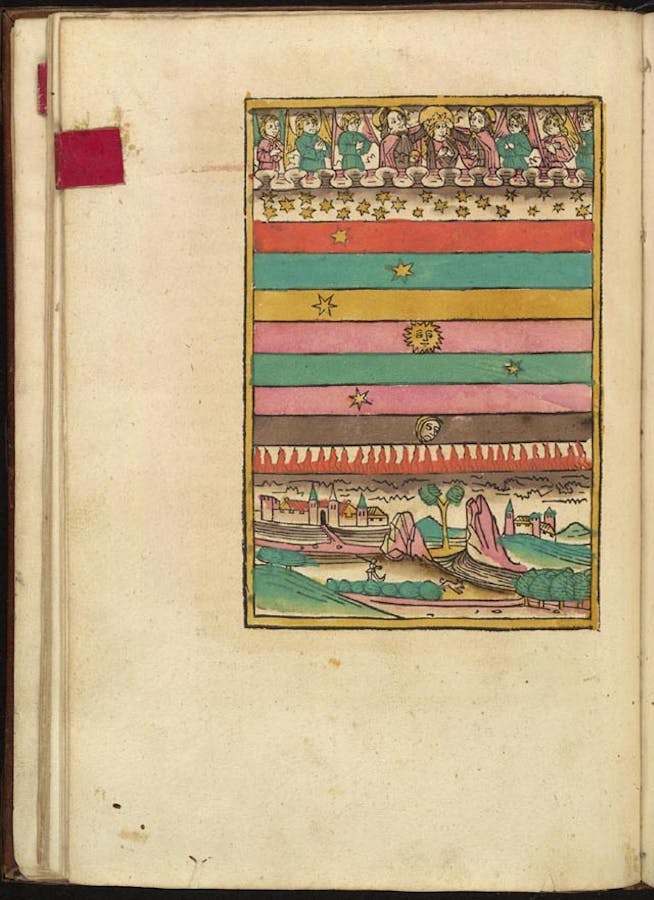Our universe exists in a fine balance. Individual parts fit together, like pieces of a puzzle, to form an orderly whole—or cosmos.
The strength of gravity. The mass of an electron. These and other “constants” in nature hold precise values. They affect everything from the largest structures of the cosmos to the nucleus of an atom. If changed only slightly, life as we know it would not be possible.
The term “fine-tuning” refers to the balance among these precise constants. Over the past century, new discoveries have revealed more about the universe’s elegant balance. Where do these constants come from? Why are our minds capable of understanding them? Why does the universe exist in such a way that life can arise?
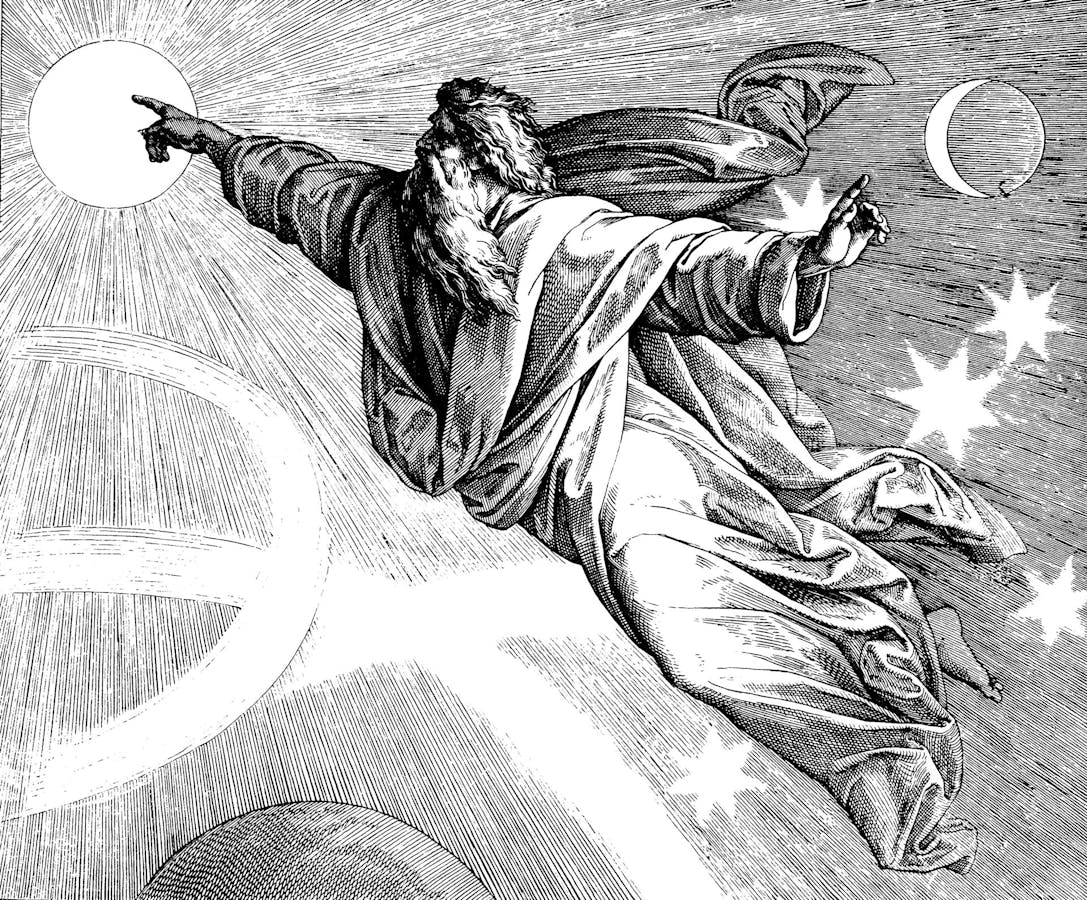
This image depicts the creation account in Genesis 1.
Julius Schnorr von Carolsfeld, Public domain, via Wikimedia Commons
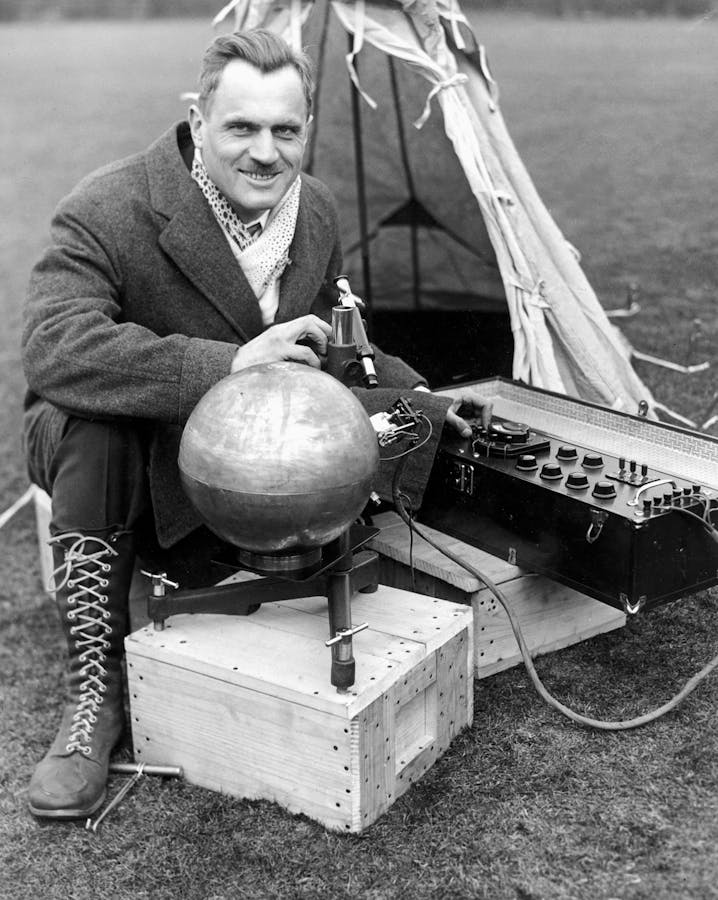
Photographed in 1932, Arthur Holly Compton sits with his cosmic ray detector. For ten years he led an international project to study the intensity of cosmic rays in different geographic locations, traveling to Peru, Australia, and Alaska.
akg-images / TT News Agency / SVT
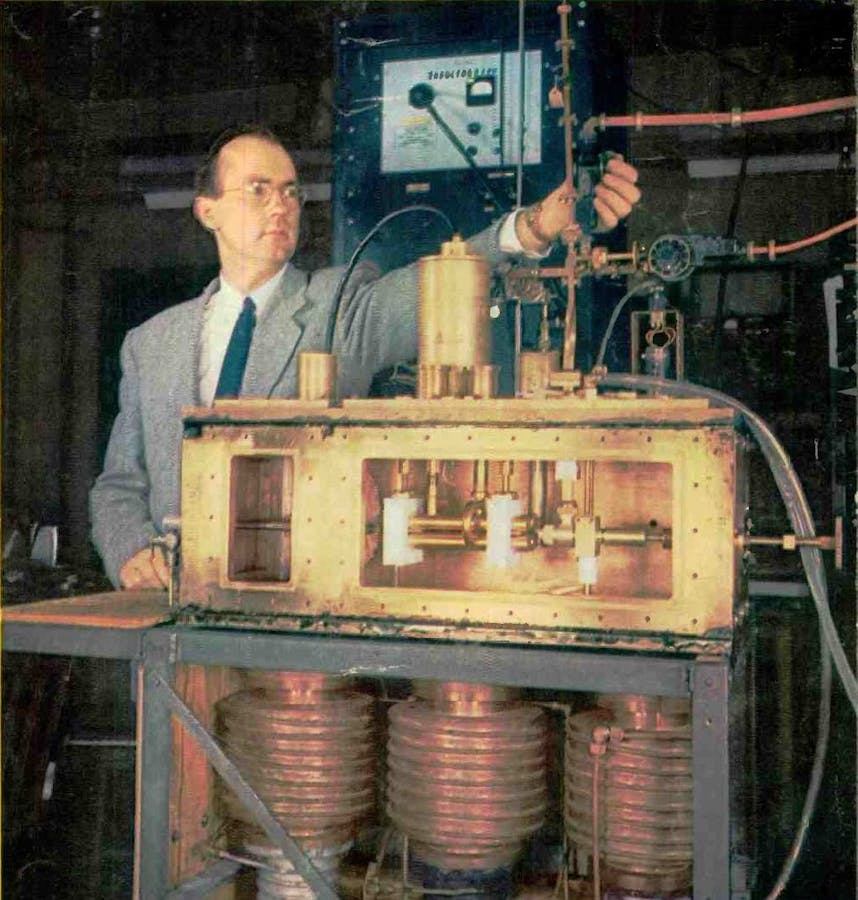
Charles Townes is captured adjusting this MASER, or Microwave Amplification by Stimulation Emission of Radiation. MASERs s have been used to develop atomic clocks, some of the most accurate timekeeping devices.
Dan Rubin, Public domain, via Wikimedia Commons
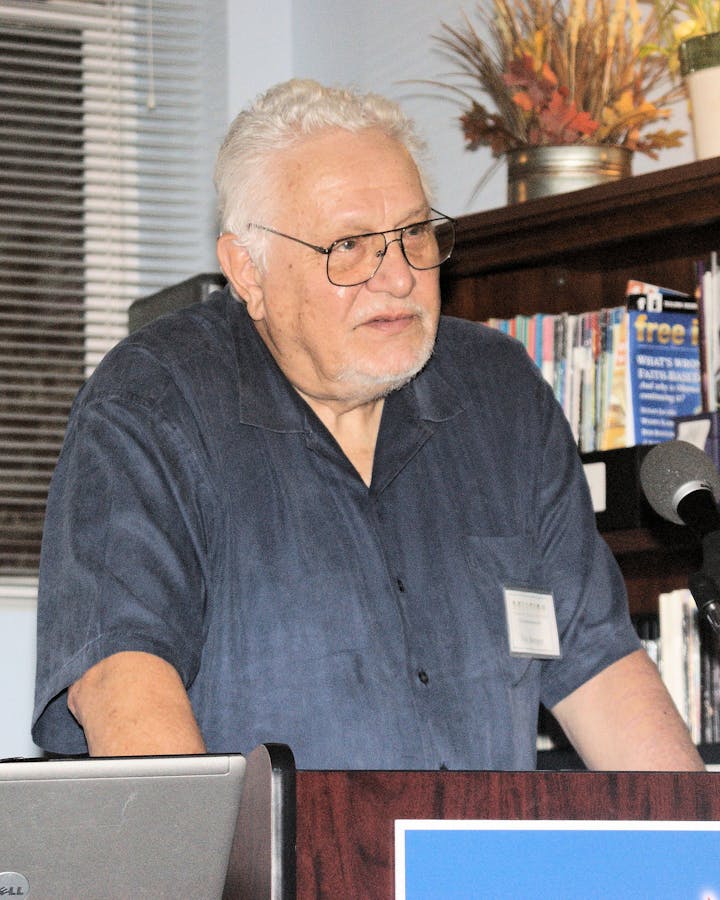
Victor Stenger speaks at the CFI Religion Under Examination meeting in July 2010.
BDEngler, CC BY-SA 3.0, via Wikimedia Commons
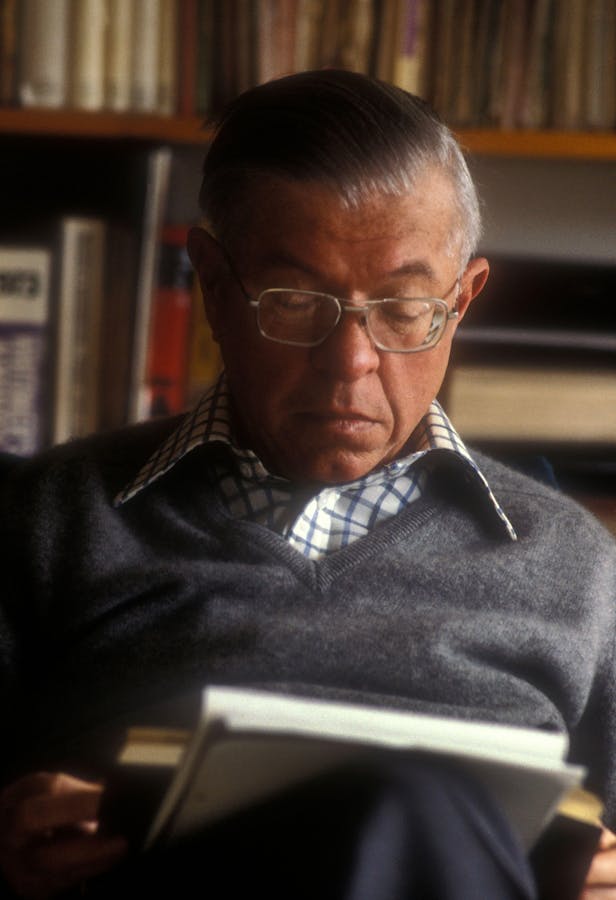
Professor Fred Hoyle photographed in 1981.
Goddard Archive Portraits / Alamy Stock Photo
How do you explain the astonishing orderliness of the cosmos? Is this simply the way nature works? Did it arise by chance? Does it point to an undiscovered “theory of everything”? Is it evidence of a creator?
In 1927, pioneering particle physicist Arthur Holly Compton won the Nobel Prize for his work on wave-particle duality. For him, the intricate, precise structure of the physical world offered evidence of a creator.
Speaking at a church in 1940, he stated, “The chance of a world such as ours occurring without intelligent design becomes more and more remote as we learn of its wonders.”
American physicist Charles Townes won the Nobel Prize in 1964 for his work on masers, a forerunner to lasers.
Townes was a devout Christian who spoke about faith and fine-tuning. “Increasingly, science is showing how special our universe and we are, which has raised questions about whether it was indeed planned or influenced.”
Victor J. Stenger was an American physicist and outspoken religious skeptic. He believed that the precise constants in nature could be explained through well-established physics and cosmology.
In a 2014 publication, Stenger appealed to the multiverse theory as one explanation for fine tuning, saying, “We just happen to live in that universe which is suited for our kind of life. The universe is not fine-tuned to us; we are fine-tuned to our particular universe.”
Fred Hoyle was a British astronomer and novelist who made groundbreaking discoveries on the nuclear processes inside stars. His opposition to Georges Lemaître’s theory famously led him to call it disparagingly the “big bang” in a radio broadcast in 1949.
While he was an atheist, fine-tuning led Hoyle to reflect on the idea of a non-biblical creator. “A common-sense interpretation of the facts suggests that a super intellect has monkeyed with physics, as well as with chemistry and biology, and that there are no blind forces worth speaking about in nature.”









